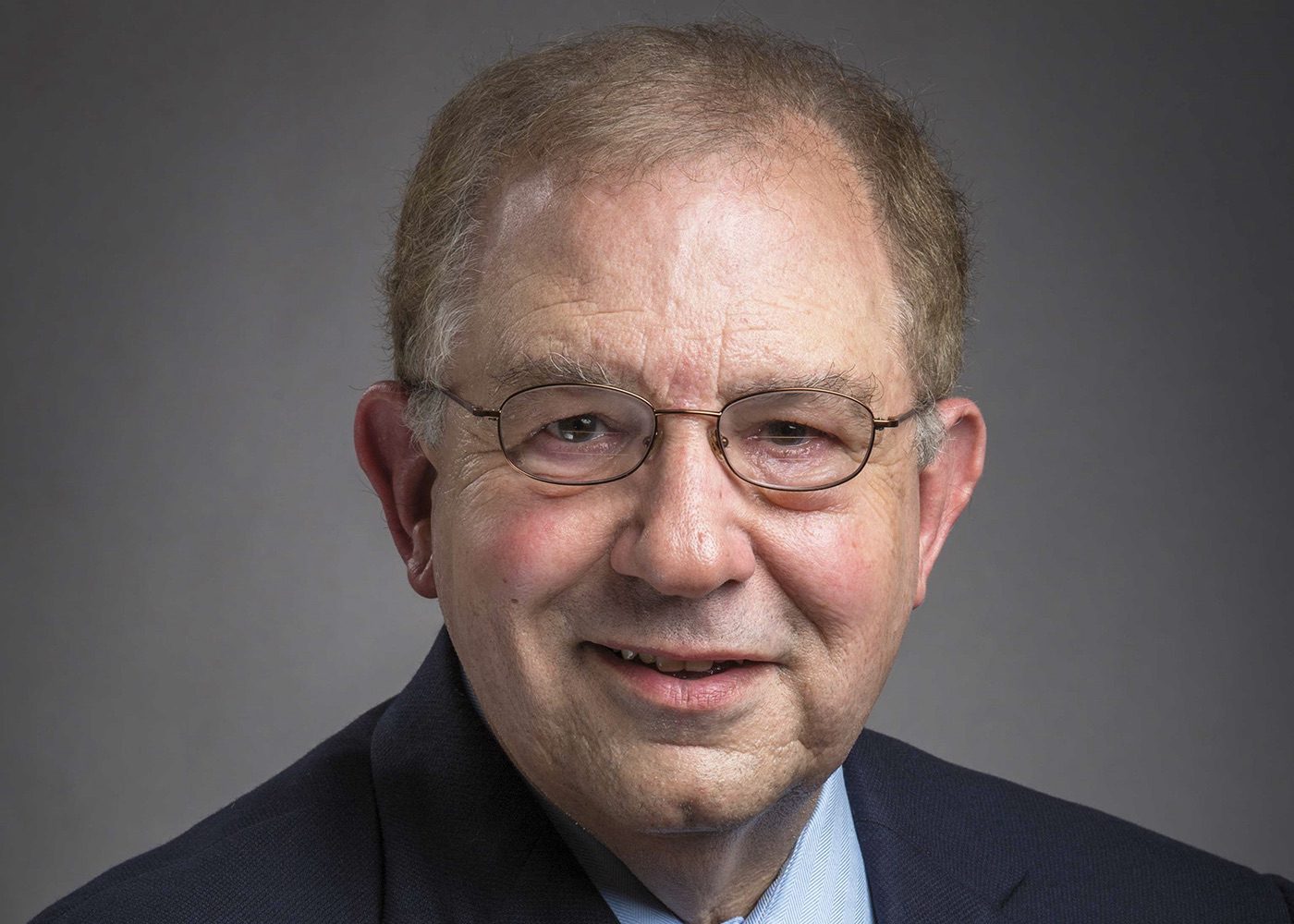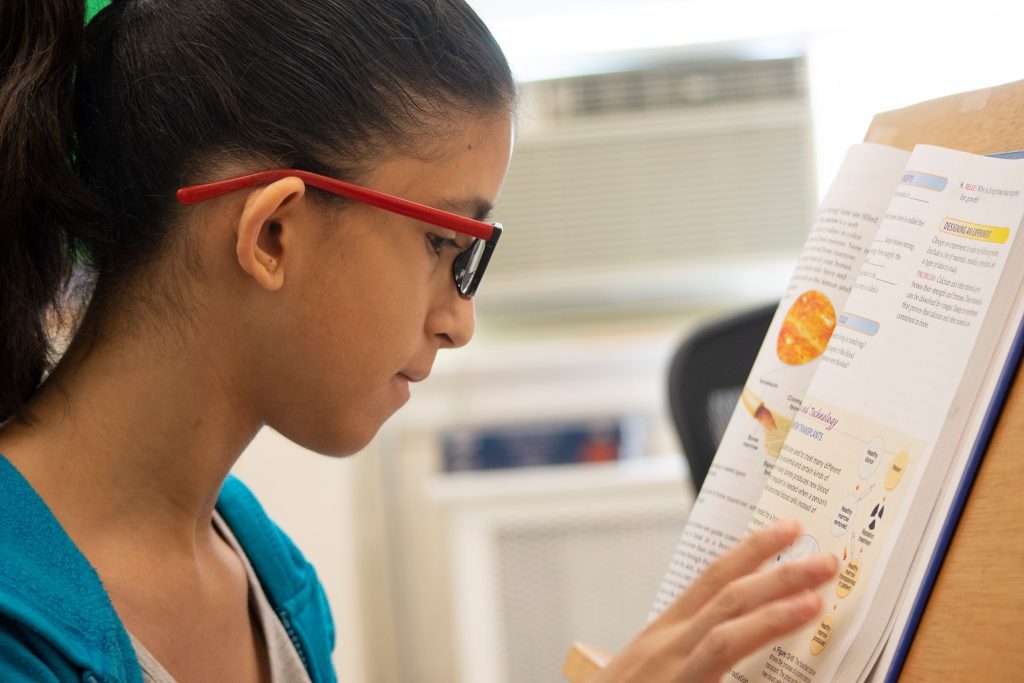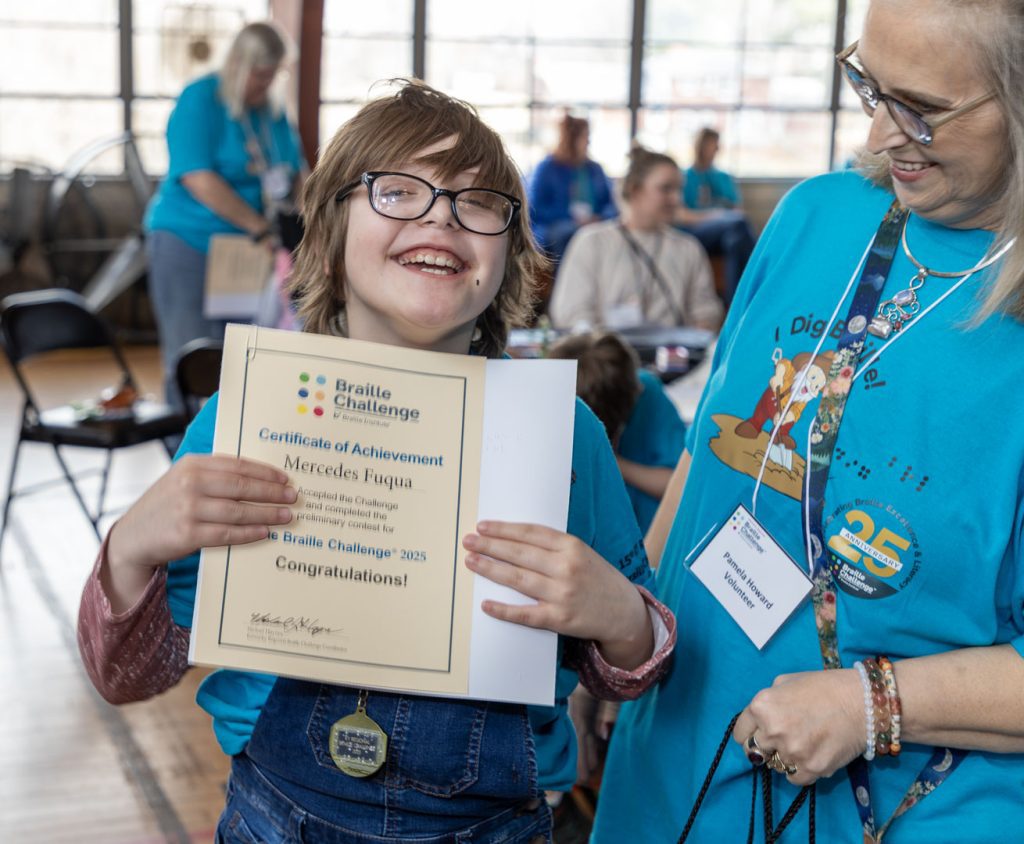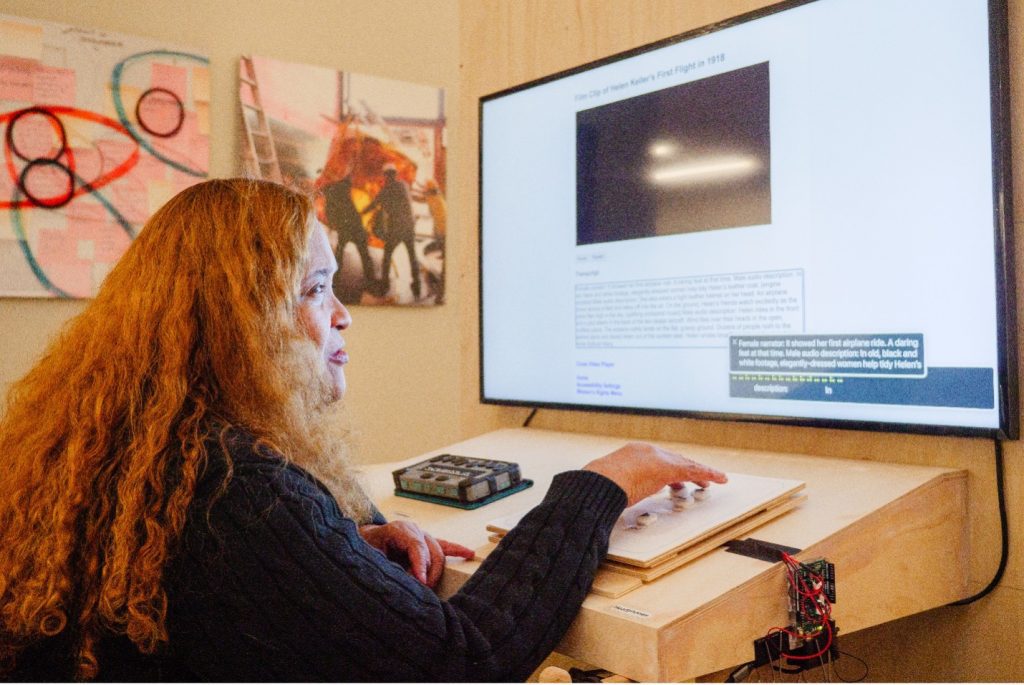Redefining Mobility: William Wiener Unveils the Innovations in the Fourth Edition of Foundations of Orientation and Mobility

The field of Orientation and Mobility (O&M) is one that continuously evolves, driven by advancements in technology and a deeper understanding of the needs of individuals who are blind or low vision. Foundations of Orientation and Mobility, 4th ed. is a testament to this progress, offering a comprehensive and updated resource for both practitioners and students. This latest edition, spearheaded by editors and leaders in the field William Wiener, Robert Wall Emerson, and Bruce Blasch, was motivated by a clear need for updated information to reflect the changes in O&M practice during the past 14 years.
In an interview, William Wiener shared that the impetus for this new edition arose from a committee review and a widespread call within the O&M community for a refreshed version of the foundational text.
What inspired you to work on the fourth edition of Foundations of Orientation and Mobility?
I served on an APH sponsored committee to review current publications and recommend which needed immediate updating. The result showed that Foundations of O&M was at the top of the list. It has been 14 years since the publication of the third edition, and much has changed in the ensuing years.
How has the field of orientation and mobility changed since the previous edition?
There have been changes or additions to each of the chapters in the new fourth edition. To name a couple of examples, in my own Volume 1 Chapter 4, the technology of hearing aids has changed greatly. We now have over-the-counter hearing aids and phone-based apps that can be used to screen a person’s hearing. Volume 1, Chapter 8 presents information on adaptive mobility devices and their uses. Volume 1, Chapter 9 discusses digital maps and the use of GPS in teaching travelers to navigate through the environment. Volume 2, Chapter 13 provides the latest information on Electronic Orientation Aids (EOAs) and suggested lesson plans for providing instruction in their use. Volume 2, Chapter 18 provides instruction on how to introduce and use the Pediatric Belt Cane with young children. Each chapter introduces new useful information for practice.
How have technological advances impacted orientation and mobility training?
Since the writing of the third edition, some of the Electronic Travel Aides (ETAs) have fallen into disuse and others have taken their place. One of the most promising devices is the WeWalk cane, which incorporates GPS map information into the cane and can be controlled with finger gestures on the grip. It is fair to say that GPS has become an important part of teaching O&M. The new edition reports on the apps that can be used to assist with orientation.
How does this edition address inclusivity and accessibility in O&M training?
There was a point in time when the field felt that people who were blind could not also be O&M specialists. The chapter “History and Progression of the Profession” explains the change that took place within the field that opened the profession to blind instructors.
What future trends do you foresee in the field of O&M, and how should professionals prepare for them?
I believe that technology will continue to have a major impact on the development of services. Global Positioning Satellites and smartphone apps will make travel more accessible. A recent study has shown that Bluetooth beacons can be used to provide intersection information to travelers through their smartphones. Also, smartphones will be used to call the pedestrian walk cycle. In the more distant future, the use of connected and autonomous cars will open future possibilities for people who are blind. Studies will be required to address the needs of blind travelers who will make use of these vehicles.
Are there any personal stories or experiences from your career that particularly influenced the content of this edition?
I started in this field as an O&M assistant six years after the first university training programs were established. When I started, there were few trained instructors available. I have watched the development of the field from a small group of specialists to well over 3,000 certified practitioners. As certification developed so did the need for accreditation of university programs. We therefore wanted to be sure to include the steps that were being taken to address the accreditation of university programs in O&M.
What do you hope the legacy of Foundations of Orientation and Mobility will be, and what are your aspirations for future editions?
As both Bruce Blasch and I are now retired, we are handing off the continuation of the Foundations of Orientation and Mobility to the next generation. Robert Wall Emerson joined us as the third editor of the fourth edition, and we expect that he will become the first editor when it is time for the fifth edition. It will be up to him and the publishers to choose two new co-editors. Rob is the perfect person to take on this task since he has been one of the most prolific researchers on techniques of O&M. We expect that this textbook will continue to provide the theory and practice information needed by professionals.
Share this article.
Related articles

Louis and the AMP Database: Supporting Students and the Field
The Louis Database The concept of sharing information between braille-producing agencies dates back to the 1950s, when APH used a...

2025 KY Braille Challenge: Celebrating 25 Years
For the last 25 years, students from around the world have come together for a braille literacy competition: the Braille...

Creating Inclusive Museum Experiences: The Role of Media Integration in The Dot Experience
We recently had the opportunity to talk with Billy Boyd and Annie Schauer from Solid Light to learn more about...
